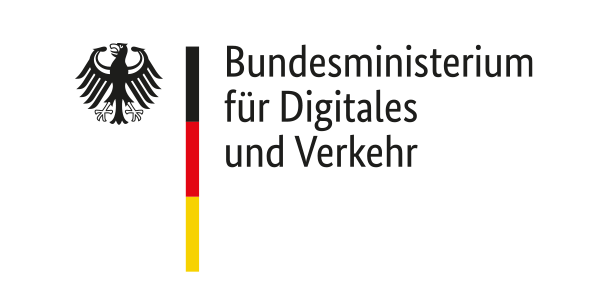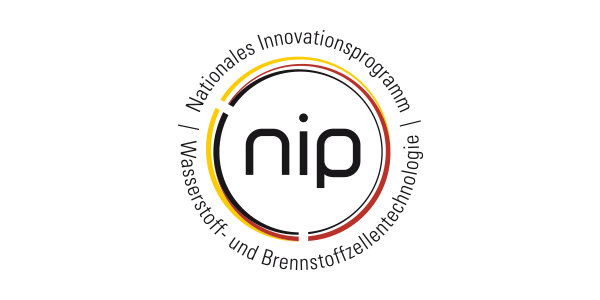Hanau, September 28, 2020
Heraeus today announced the launch of a cost-effective and efficient catalyst for PEM electrolysis. The new Heraeus catalyst contains 50 to 90 percent less iridium than conventional products with up to three times the catalyst performance. The lower precious metal content of the Heraeus product reduces costs by up to 43 percent. The cost savings make green hydrogen affordable – an important criterion for the successful conversion to sustainable energy sources.
With this product, Heraeus has created a milestone for the production of green hydrogen on an industrial scale. Cost-effective green hydrogen is an important cornerstone for the EU Commission’s hydrogen and climate targets.
“Green hydrogen is the energy carrier of the future. The more cost-effectively it can be produced, the greater its chances of success,” says Christian Gebauer, Head of Hydrogen Systems at Heraeus Precious Metals. “Furthermore, the global supply of the precious metal iridium is simply not sufficient to achieve the hydrogen targets of the EU Commission with conventional catalysts. We are therefore very proud to be able to achieve such a low iridium content through our product development.”
The global iridium deposit is about eight tons per year. A PEM electrolysis uses about one to two grams of iridium per kW of electrolysis power. With a target of 40 GW -electrolysis capacity for renewable hydrogen by 2030, 20 to 40 tons of iridium would be needed (for 20 GW of PEM electrolysis). Here, a significant reduction of the iridium content to up to one tenth of the current amount is necessary. The new Heraeus catalyst makes it possible to achieve these goals – a sustainable solution to the resource bottleneck.
Hydrogen – a cornerstone of the European climate strategy
Electrocatalysts containing precious metals are used in proton exchange membrane (PEM) electrolysis. In this process, water is split by electrical energy and the use of a proton exchange membrane – producing hydrogen as an energy carrier for industrial and fuel cell applications. Due to the dynamic response time, PEM electrolysers are particularly suitable for storing surplus energy from wind or hydropower plants.
To achieve climate neutrality by 2050, the European Commission published the Hydrogen Strategy for a Climate Neutral Europe in April 2020. The strategy calls for the installation of at least six GW of renewable hydrogen electrolysers in the EU and the production of up to one million tons of renewable hydrogen by 2024. In addition, hydrogen must become an integral part of an integrated energy system by 2030, with a strategic goal of installing at least 40 GW of renewable hydrogen electrolysers in the EU by 2030 and producing up to ten million tons of renewable hydrogen in the EU. According to experts, this electrolysis capacity will be covered in equal measure by alkali electrolysis and PEM electrolysis in the future.



